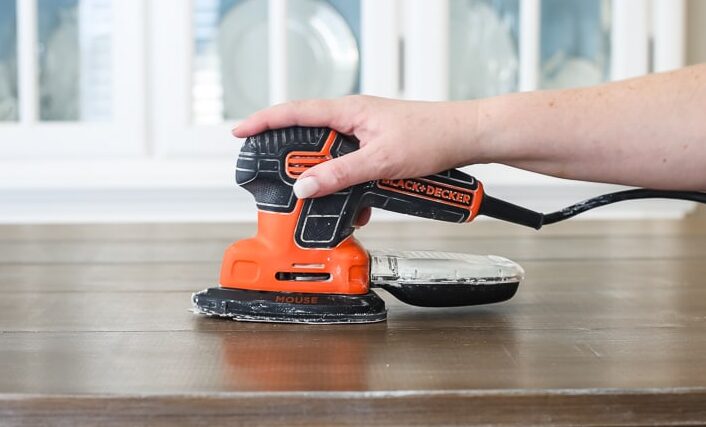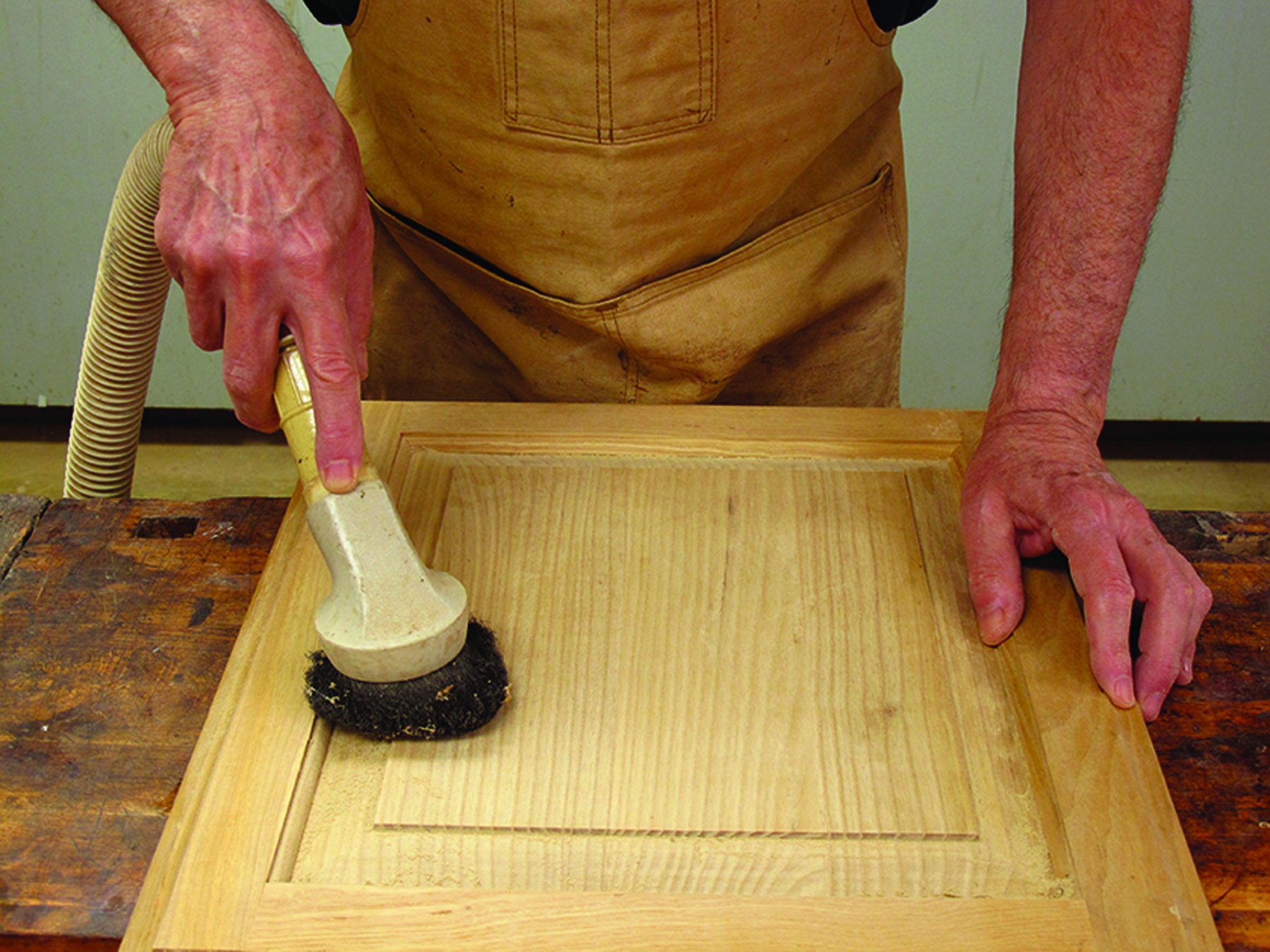To sand without dust, use a vacuum or a wet sanding technique. Sanding without dust is important for maintaining a clean and healthy environment in your workspace.
Additionally, using a vacuum or wet sanding can also improve the quality of your work by preventing dust from getting in the way and creating imperfections. If you are unsure about how to properly sand without causing dust, continue reading to learn more about these techniques and why they are important.
When working with wood, metal, or other surfaces, sanding is often necessary to achieve the desired finish. However, sanding creates a significant amount of dust that can be harmful to breathe in and can also make a mess in your workspace. This is where sanding without dust becomes crucial. By using a vacuum or wet sanding technique, you can effectively minimize dust and improve the overall quality of your work. In the following sections, we will discuss these two methods in detail and provide tips for implementing them successfully.

Credit: renovatedfaith.com
Understanding The Art Of Sanding
Sanding is an art that requires proper technique and tools. Understanding the basics of sanding is key to achieving a smooth and polished finish. There are different types of sanders, including belt sanders, palm sanders, and orbital sanders, each with its own specific use.
Sanders work by rotating abrasive material in order to remove unwanted layers of material from the surface of the object being worked on. To achieve optimal results, it is important to follow best practices for sanding, such as starting with coarse grit sandpaper and gradually moving to finer grits, and keeping the sandpaper clean and free of accumulated debris.
By following these guidelines, you can master the art of sanding without dust and achieve a beautiful finish on your woodworking projects.
Importance Of Dust-Free Sanding
Dust-free sanding is crucial for several reasons, including protecting your health. Inhaling dust can cause respiratory issues and even lung cancer. In addition, dust can affect the finished product by leaving undesirable marks and imperfections. To avoid these issues, it’s important to use dust-free sanding tools and techniques.
One option includes using a vacuum system to capture dust while sanding. Another is using sanding pads with holes to prevent dust from accumulating. By prioritizing dust-free sanding, you can create a healthier environment for yourself and those around you, as well as produce a higher quality finished product.
How To Sand Without Dust
Sanding without dust is easier than you might think. First, gather the right tools and materials. You’ll need a dustless sanding system, sanding discs, and a sander. Once you have the tools, set up your dust collection system. Use tape or a vacuum to seal any openings in the room.
Start sanding with light pressure and gradually increase pressure as you go. Keep your sanding disc and sander moving to avoid creating deep marks. Be sure to clean up any dust as you go and avoid common mistakes like creating too much pressure or leaving your sander in one spot for too long.
Practice, patience, and attention to detail will help you master the skill of dustless sanding.
Finishing Touches
Achieving a smooth, dust-free finish is essential for any sanding project. To achieve this, the final sanding steps are crucial. Start by lightly sanding the surface with a fine-grit sandpaper to remove any remaining roughness. Next, wipe the surface with a damp cloth to remove dust and other debris.
If you want a smoother finish, you can repeat this process with a higher grit sandpaper. It’s important to pay attention to the finishing touches to ensure the ultimate results are perfect. Some common mistakes to avoid during these final steps include neglecting to clean sandpaper surfaces and applying too much pressure, causing uneven sanding.
Keep these tips in mind and take your time to achieve a perfect finish.
Frequently Asked Questions For How To Sand Without Dust
How Do I Sand Without Creating A Dust Storm?
Use a sanding tool equipped with a dust collection system. This sucks in the dust and keeps the workspace clean. You can also use sandpaper that contains a coating to minimize dust or sand outside on a windy day.
Can I Wet Sand To Minimize Dust?
Yes, you can. Use a sanding block or sandpaper dipped in water. This will prevent dust from becoming airborne, making for a cleaner workspace. Also, it eliminates the need for an external dust collection system.
What Is The Best Mask To Use When Sanding?
The n95 respirator mask is the best mask to use when sanding. This mask can filter out up to 95% of airborne particles, including dust. A mask with a valve eases breathing but is not recommended for individuals with respiratory issues as it does not protect others from their exhalation.
Should I Use A Hepa Filter Vacuum For Clean Up?
Yes, you should. A hepa filter vacuum traps fine dust particles and prevents them from being released back into the air. This leads to a cleaner workspace and promotes better respiratory health for yourself and others around you.
Can I Get Away With Not Wearing Eye Protection?
No. Eye protection is essential when sanding as fine dust particles can easily get into the eyes, causing irritation and even damage. Use safety goggles or a face shield to protect your eyes when sanding.
Conclusion
By following these steps and using the right tools, you can sand without dust and reduce the amount of harmful particles in the air. Not only will you be protecting your health, but you will also be creating a cleaner and safer work environment.
Remember to wear protective gear, use a vacuum attachment, and use a sanding sponge or wet sandpaper when possible. With these techniques, you can achieve a smooth finish without the hassle of traditional sanding methods. By implementing these tips and tricks, you can take your diy projects to the next level without sacrificing your health or productivity.
So next time you need to sand a surface, give these strategies a try and experience the benefits of dust-free sanding.

